12 FACTS IN 12 HOURS WITH TWO PERUVIAN TRUCK DRIVERS
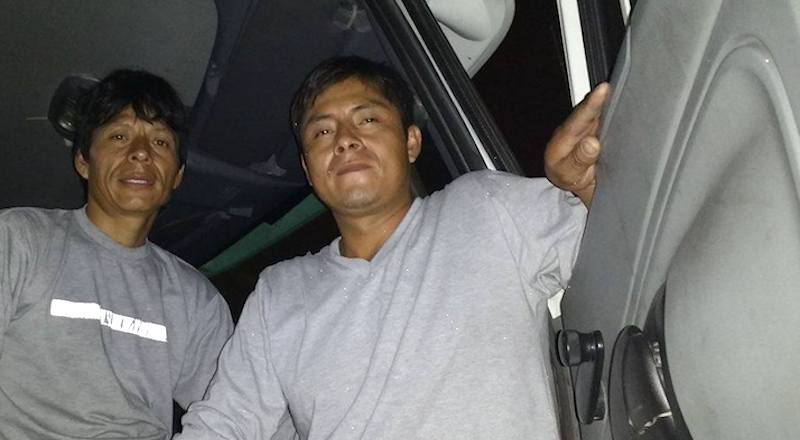
I have not had such great experiences with truck drivers on my trip so far (as they keep asking me for paid sex and have even masturbated on isolated roads upon my passing by), but finally I have met two decent representatives of this profession. Traveling from Yauca to Lima in the truck of Abel and Willy was an eye-opening experience — not just for me but for both parties. Here’s a short resumé of our conversations.
6 facts learnt about Peru
During the 12-hour ride I definitely learned quite a few new things about a country, which is still very new to me. What especially struck me is the amount of myths and tales that still live strong amongst the Peruvian people. The things below are the things that most caught my attention within all the things Abel and Willy told me.
1. There is gold around
It is believed (like in Paraguay and Argentina) that when the Spanish conquistadores left the continent, they buried all their gold to await their return. If nowadays, in the dark, one sees a candle-like light phenomenon and approaches that place without seeing anything on the surface, it means one should excavate on that spot. That is where gold can be found. These places are called huacas or tapadas.
2. Yummy! Rotten potatoes
There’s a traditional dish called tocosh, which is made out of fermented potato. It’s said to be very nutritive and therapeutic, and has been used since the times of the Incas also as a medicinal and natural antibiotic. The way tocosh is prepared is by digging a hole deep into the ground underwater and leaving the potato (or corn) to ferment for 1 to 3 months. Supposedly the dish has a horrible smell but a lovely taste.
3. Inca Kola — a national pride
Inca Kola, a Peruvian soft drink made of lemon verbena, is a symbol of national pride. In 1995, Cola-Cola and Inca Cola were even in sales, but as some fast food chains started including Inca cola in their menus, Coca-Cola was left far behind. As in Peru Coca-Cola could not compete with Inca Kola, Peru became the first country in the world where The Coca-Cola Company agreed to a joint ownership of a trademark.
4. Lines by UFOs or ancient cultures
Nazca Lines (Lineas y geoglifos de Nasca) are geoglyphs near the city of Nasca, in Southern Peru. These huge lines, best observed from the air, span over an area of 80 kms, representing 70 animal shapes and hundreds geographical forms. Archeologists believe that the lines were created between 500BC and 500AC by the Nazca culture, but Abel and Willy firmly believe they were created by UFOs. We passed the lines, but unfortunately couldn’t see anything in the darkness.
5. Guard in a rock
The Inca Face (La Cara de Inca), like the Nazca lines, lies along the Pan-American Highway. Its exact location is at the height of the kilometer 391 (this is a typical way of expressing locations in South America). The Inca Face is a rock formation shaped like a person’s profile. Locals believe it guards the gold in the area and also the old settlements in the area. We passed by the Inca Face at nighttime and I could slightly see a profile in the dark…
6. Opium is lifting its head
Most drug traffic in Peru starts either in the jungle or the sierra. From there, the drugs are transported to the port of Lima, from where they are taken by cargo ships to the USA and Europe. The most common exported drug is cocaine, as Peru still continues to be the second largest producer of cocaine in the world. Yet, also opium trade has increased during the past five years, as Colombian and Mexican drug traffickers have bribed peasants to grow poppies.
6 facts asked about Finland
As I was the first long-distance cyclist and the first foreigner Abel and Willy ever talked to (what an honor!!), they were filled with questions. Many questions concerned cycling and how I can afford it, whether every long-distance cyclist is rich, where I sleep etc., but here are what they asked and learned about Finland.
1. What’s the main export of Finland?
Paper. After that comes refined petrolium.
2. Is there a religion like in Peru?
Yes, there is. Nearly 99% of Finns are Lutherans, members of the Christian church. Around 1.5% are members of the Finnish Orthodox church.
3. Is Finland cold?
Yes, it is, in the winter. Even in Helsinki, the weather can drop down to -20°C in January and February, but then again in the summertime, the weather can rise up to +30°C. In the Northern parts of the country, the climate is colder at all times. What’s even more exotic for foreigners is the darkness, as in the Northern parts of the country, the sun never rises in the winter. This is tough even for Finns. People suffer from depressions and there’s a high rate of suicides. Also, the country and its people completely change in the summer, compared to the winter.
4. What do Finns eat?
The most typical dishes include fish (especially salmon), meat (pork, beef and also reindeer), potatoes (which I told is called peruna in Finnish — the men laughed a lot!), vegetables, fruit, rye bread and other wholemeal products, mushrooms, berries and milk derivatives.
5. Are Finns as liberal as other Europeans? (Here, I had to ask for some specification.) You know, what we see is that even when Europeans are married, it’s ok to have other partners. How do you call it…? Swingers!
No, of course there are different subcultures, but swinging is not the norm. People don’t tend to get married as early as in Peru, but if they do get married, the idea is normally monogamy. Cheating, of course, exists like in every corner of the world. As for some of the Europeans one sees in South America, many are here on vacation or on a one year exchange and they totally lose control during that time. The things you see Europeans do in South America is not always what they would do back home.
6. Can Finnish women go out and party without their men?
Yes, it’s nothing strange for a woman who is married or who has a boyfriend, to go out without him. It’s even ok for a woman to go out with male friends. In general, people take friends as friends and spouses usually trust each other on this one.
How I met Abel and Willy?
After having been in bed with food poisoning for six days, I decided to head to Lima in a motorized vehicle. I told this to Carmen, an olive saleswoman who was the only human being I had any interaction with during the six days, and she starting weighing my options with me. As I had neither calculated with a) getting a six-day food poisoning nor with b) getting a six-day food poisoning in a village with no cash machine, I was very close to running completely out of money. I couldn’t stay at the hospedaje another night, nor could I pay for a bus ticket for me and my bicycle. So, the only reasonable option left was hitchhiking. Gladly, Carmen realized two friends of her were heading to Lima on that day. She called Willy and after discussing the matter with Abel, the friends decided to give me a lift. I paid a bit for it (as Carmen said women should in Peru in order not to give any false ideas), but Abel and Willy invited me for dinner, so in the end, it was a total win all the way through.
What next?
Peru is suffering from the worst natural disaster in the last 20 years, and even parts of Lima have been affected by floods and mudslides, especially near the riverbanks. The worst disasters have been in the Northern parts of the country, where bridges and roads have crashed, and many people died. Because most roads are closed and I’m concerned about my own safety as well, I have decided to try to fly from Lima to Guayaquil, Ecuador. Supposedly, that’s where I’ll start cycling again, but these plans seem to change day after day. However, we shall see how it all evolves, as flying with the bicycle is damn expensive.


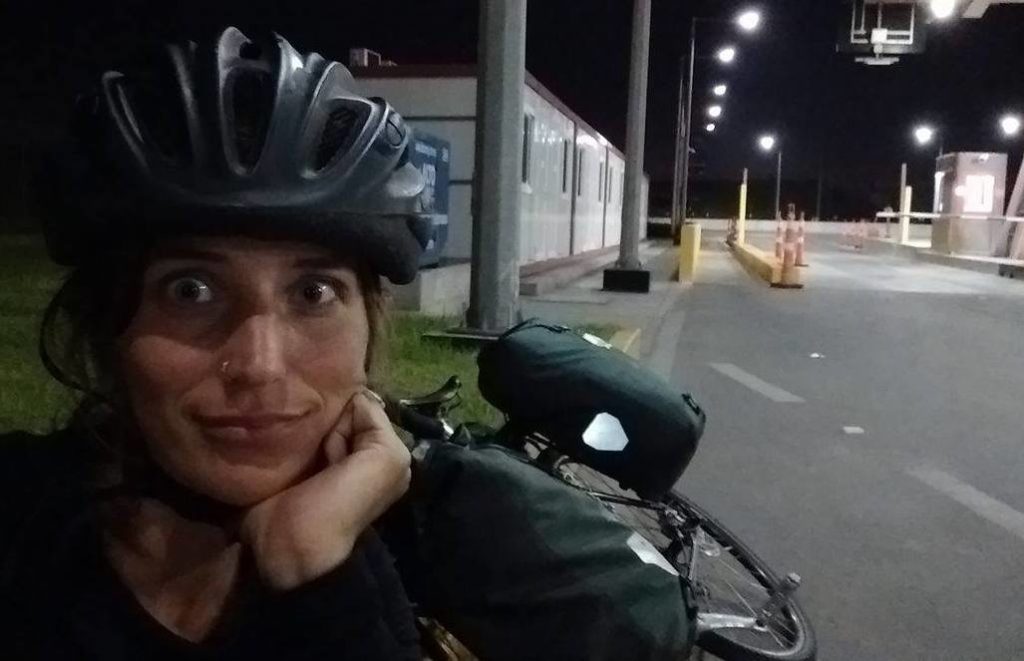
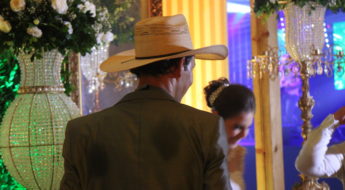
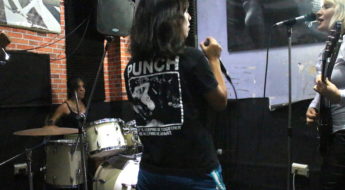
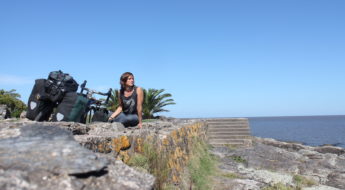
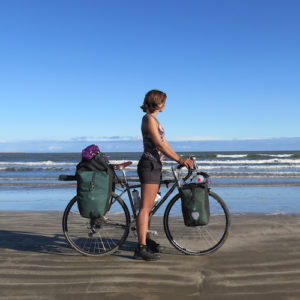
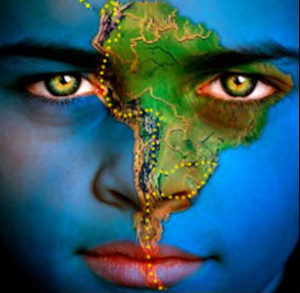
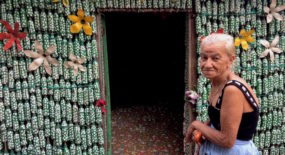

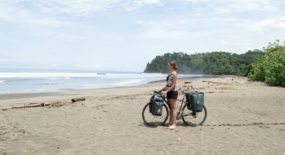
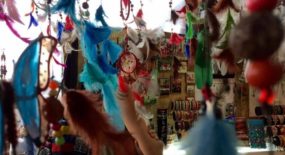
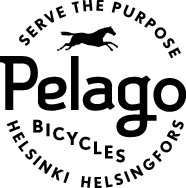

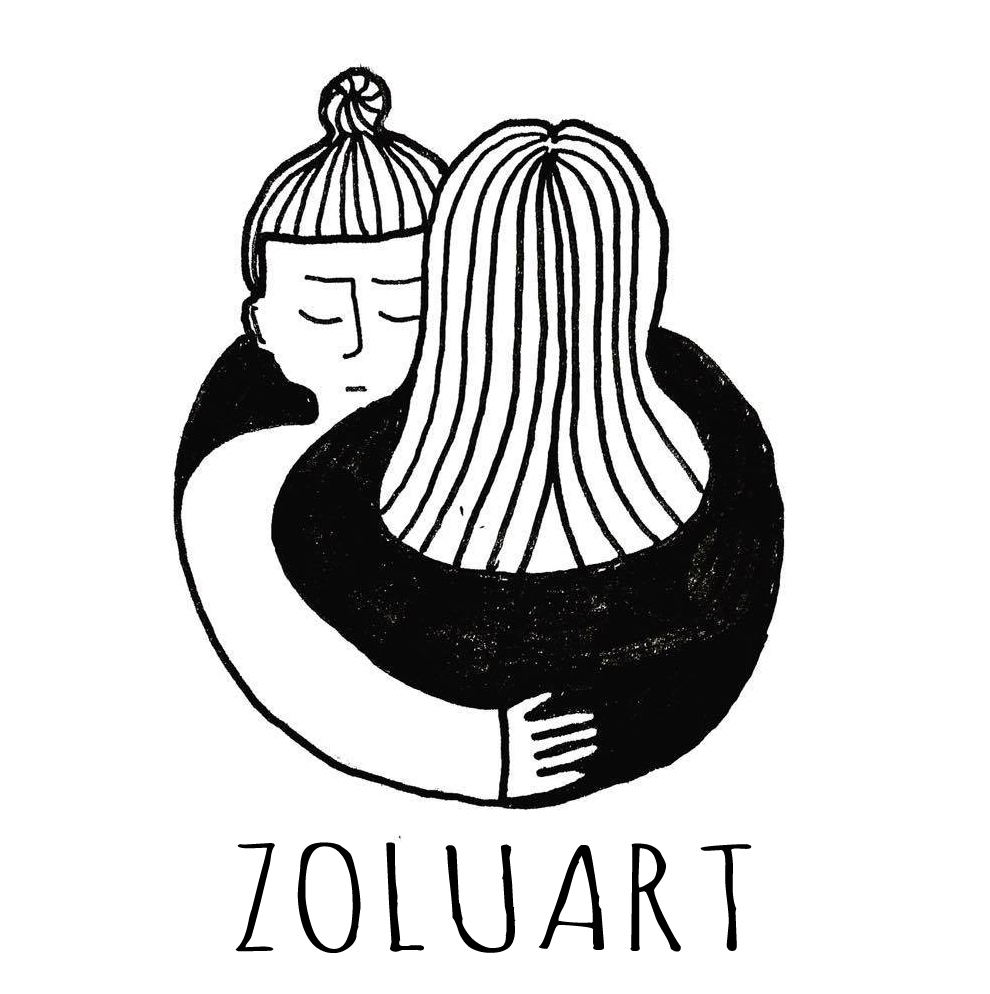



Really interesting posts! It sounds like you’re having an awesome adventure. I don’t know if I would be brave enough to try tocosh…the concept behind it actually reminds me of a Swedish “delicacy” – fermented herring…smells atrocious, but is supposedly delicious.
Thanks Ania! I am, really, although maybe not so in love with the food poisoning part of it 😀 As for tocosh, I haven’t tried it either. At least not yet. We also have that lovely herring delicacy in Finland. Haven’t brought myself to try that one out yet, either!!
I love your blog! Like this post, you learn all kinds of interesting things about other countries or cultures when you talk to people. Food poisoning is no fun though!
Thanks, Angelica!!! So nice to hear comments like this! 😀 And no, food poisoning is definitely no fun at all… 😉 Still struggling with it, but slowly getting better. Hugs from Peru, Sissi